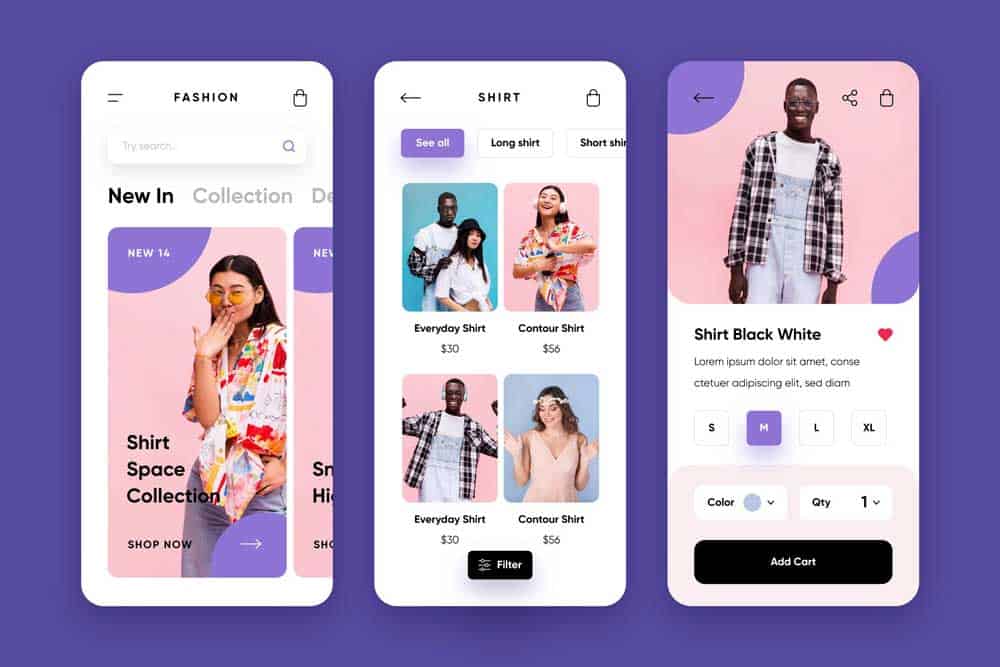Tech Versum: Explore the Future of Technology
Dive into the latest trends and innovations in technology with Tech Versum.
Why Your Website Might Be the Reason People Are Scrolling Away
Is your website driving visitors away? Discover the hidden pitfalls that might be turning them off and how to fix it!
Common Design Mistakes That Drive Users Away from Your Website
In the competitive landscape of online presence, avoiding common design mistakes is crucial for retaining users. One of the most significant issues is a cluttered layout. Websites that bombard visitors with excessive information, ads, or distracting elements can quickly lead to frustration. Keeping a clean, organized design with sufficient white space allows users to navigate your site more easily, ensuring they can find the content they're interested in.
Another major pitfall is the failure to ensure mobile responsiveness. With an increasing number of users accessing websites via smartphones and tablets, a design that doesn’t adapt to different screens can drive potential customers away. It's vital to implement a responsive design that looks good and functions well across all devices. By prioritizing user experience and accessibility, you can significantly reduce the chances of users abandoning your site due to poor design.

Is Your Website Making Users Feel Confused? Key Improvements to Consider
In today's digital landscape, user experience is crucial for retaining visitors and converting them into customers. If you find that your website is making users feel confused, it may be time to assess your site's design and content. A cluttered layout, unclear navigation, and overly complex language can all contribute to user frustration. Key improvements to consider include simplifying your navigation menu, utilizing clear calls-to-action, and ensuring that your font sizes and color schemes are easy on the eyes.
Additionally, it’s important to prioritize mobile responsiveness, as more users are accessing websites from their smartphones and tablets. Implementing key improvements like a mobile-friendly design and optimizing page load speeds can significantly enhance the user experience. Don’t forget to gather feedback from your users to identify specific areas that may be causing confusion. Acting on this feedback can lead to a more intuitive and engaging website, ultimately improving your site’s conversion rates and overall performance.
Are Slow Load Times Hurting Your Website's User Engagement?
Slow load times can significantly impact your website's user engagement. Research shows that users expect a website to load within two seconds; when it takes longer, they are likely to abandon it. A slow-loading website frustrates visitors, leading to increased bounce rates and decreased time spent on the page. This disengagement not only affects immediate user experience but can also tarnish your brand's reputation. Users are less likely to return to a site that made them wait, which can ultimately cost you valuable traffic and conversions.
Moreover, search engines like Google take website speed into account when determining search rankings. This means that a slow website doesn't just drive users away; it can also hinder your visibility in search results. Implementing strategies to enhance loading speed, such as optimizing images and minimizing HTTP requests, can dramatically improve user experience and engagement metrics. Remember, your audience's attention is fleeting, and a fast, seamless experience is crucial in keeping them engaged.